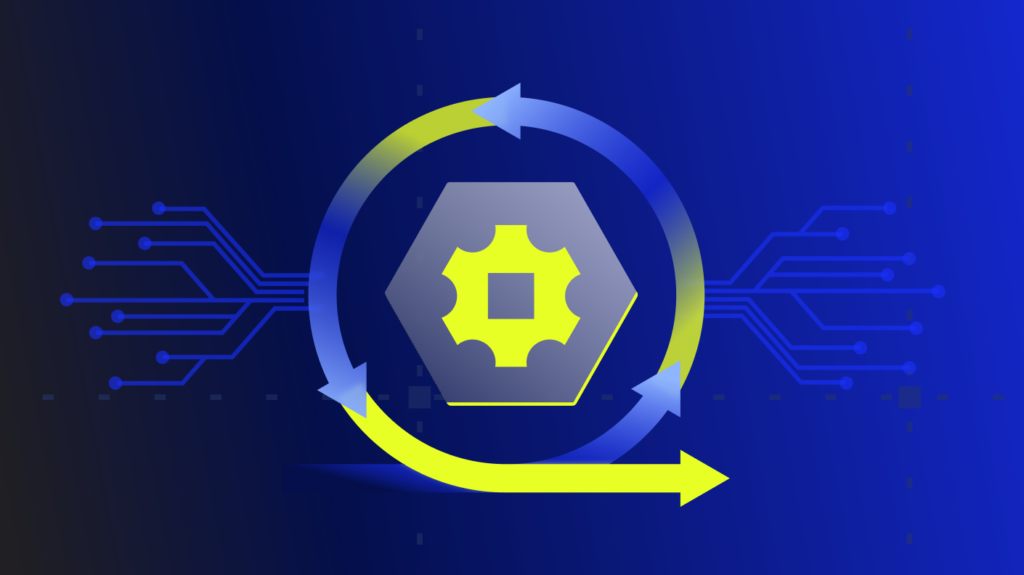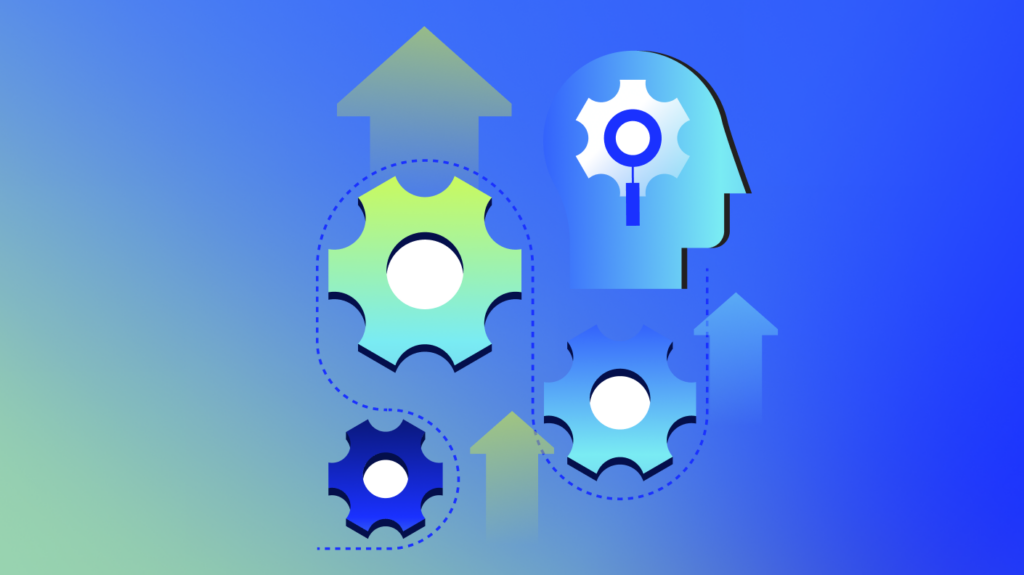Google Cloud Platform (GCP) is a crowd favorite of both developers and large enterprise consumers. While some smaller GCP services occasionally shut down with little warning, the main GCP services continue to grow in both adoption and functionality. Monitoring and understanding GCP usage across an organization becomes more complex as the organization grows and functionality increases. Keep reading to learn more about GCP and how to better monitor your GCP infrastructure to reduce business-critical outages.
Google Cloud Platform
Google Cloud Platform offers everything from Infrastructure-as-a-Service (IaaS) through Platform-as-a-Service (PaaS) cloud services. For GCP, they seem to build services they use and wish to use, then provide them to their clients.
Traditional on-premise infrastructure groups are starting to move their infrastructure to a hybrid cloud or exclusively cloud layout. GCP offers services like Compute Engine and App Engine that provide virtual infrastructure to run servers that are managed by the customer and allow the same flexibility of function as running your own servers. GCP also offers a variety of storage services including Cloud Storage and any number of database services. These clients will also likely utilize Cloud DNS and Virtual Private Cloud (VPC) for networking between these services.
However, GCP also targets the world of cloud-native organizations. These organizations will likely leverage cloud services like Cloud Functions, GCP’s serverless on-demand computing power. They may also leverage Kubernetes (k8s) and other container-based services. GCP is also known for its features related to “Big Data” including machine learning services.
There are any number of combinations of GCP services geared to all sectors of the market. You do not need to be a high tech company to leverage GCP. Their goal is to bring cloud computing optimizations to all of their customers, wherever they are, meet them at the level they need, and help them serve their business needs.
Monitor Your GCP Infastructure
Now that you are adopting your GCP cloud strategy, you will need to be able to monitor and interact with these services to make sure your infrastructure is holding up its end of the bargain. Being able to hold a high-level understanding of your infrastructure while also trusting that it is operating correctly requires the right tooling. An understanding of each service’s business metrics can be difficult, and knowing what to alert on is even more challenging. The interactions of all your GCP services become quite intricate. LogicMonitor offers a solution called Service Insights that allows you to logically group your monitored services to business-level functionality.
GCP can and should be leveraged to make sure your business runs at top performance. Let LogicMonitor help you understand and optimize your GCP cloud services so that you can focus on the important aspects of running your business. LogicMonitor can be the tool to help you gain confidence in the functionality of your GCP infrastructure and grow your responses to cloud infrastructure needs before they become business-critical outages. Knowing what to alert on and what metrics to watch for each cloud service can be very complex. With more than 65 Out-of-the-Box alerts for metrics across the monitored GCP services, you can trust LogicMonitor to help you monitor your infrastructure.
To learn more about how LogicMonitor can help you monitor and understand your GCP usage and infrastructure or to see it in action, sign up for a free trial.

Subscribe to our blog
Get articles like this delivered straight to your inbox







